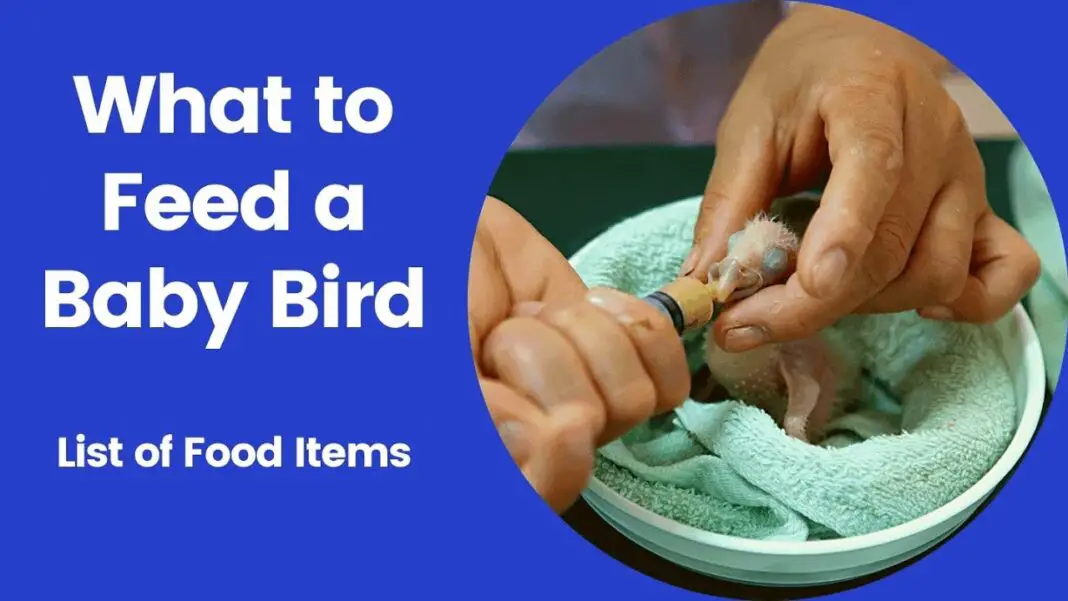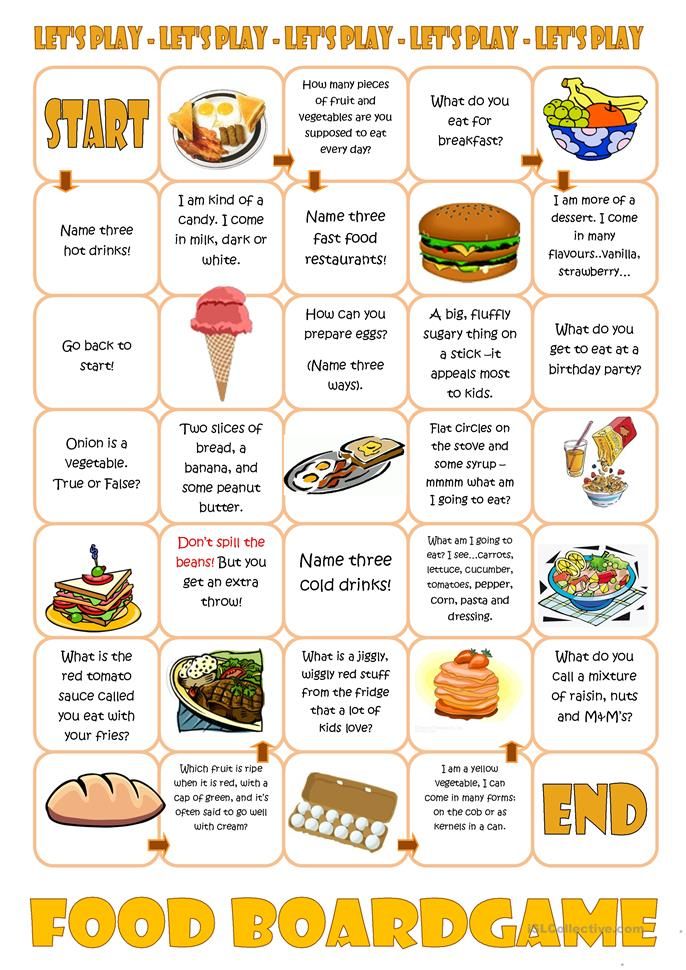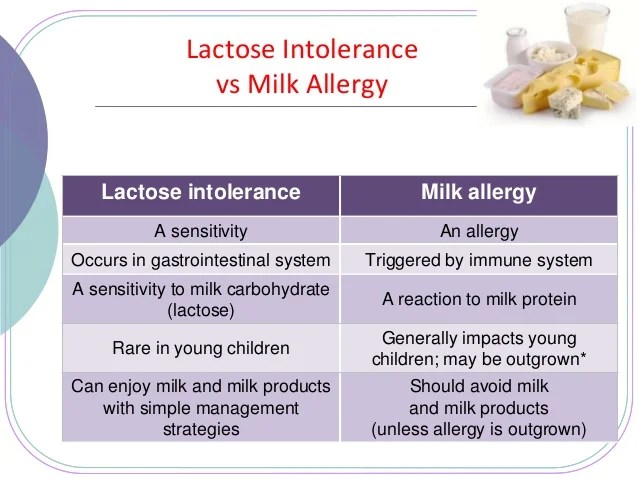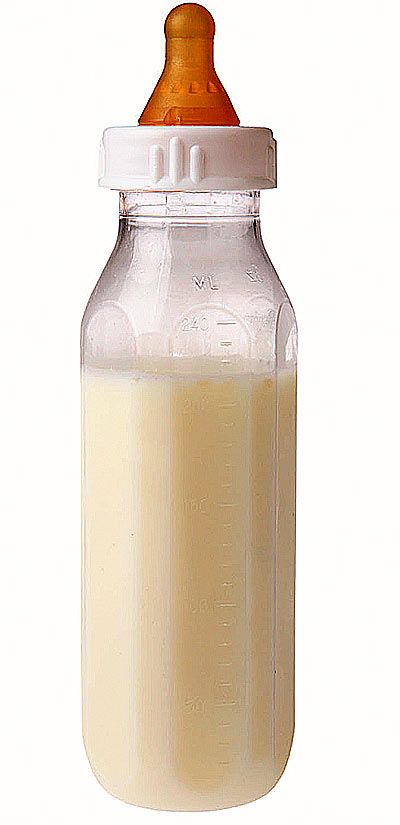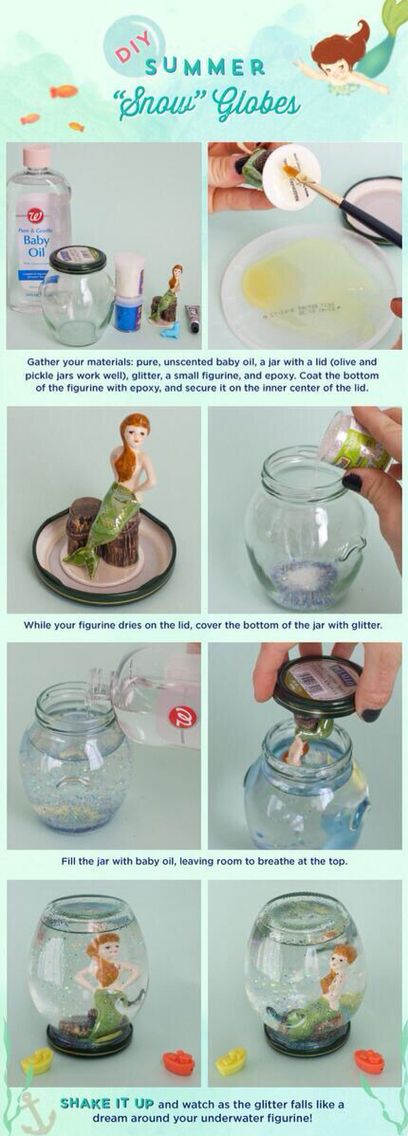How to make baby bird food at home
This Is What To Feed Baby Birds — And How To Feed Them
If you’re wondering how to feed a baby bird, there are a few important things you need to know. Baby birds usually eat what their parents eat for dinner, since the parent has to burp its food into the mouth of its offspring. Birds cannot break down food at birth, so their parents must first partially digest the food to make it safe for chicks. Since baby birds are dependent on their parents not only for food but also for instructions on how to be a bird, it is essential that it stays with them. So, if you find a baby bird on the ground, try to bring it back to the nest rather than looking after it yourself. If you cannot return the bird to its nest, contact a rehabilitation center that can take care of it.
Contents
- Consult the experts if you think a baby bird isn’t being fed
- What to feed a baby bird
- What not to offer when feeding baby birds:
- DIY baby bird food
- How to feed a baby bird
Difficulty
Easy
Duration
15 minutes
What You Need
-
Dog or cat food, boiled eggs, or raw unseasoned liver
-
Small pieces of fruit or veggies
If you’re raising domestic birds or are licensed to take care of wild animals, however, then it’s important to know how and what to feed baby birds — and sometimes, even learn how to DIY baby bird food.
Consult the experts if you think a baby bird isn’t being fed
If you find a baby bird that does not seem to be fed, look for an hour or two to see if its parents provide food for it again. Note that the mother bird only needs a few seconds to feed its baby, so inattentive observers could miss several feeding cycles. However, if one parent bird has to look after several baby birds in different places, parental visits could be irregular. When the baby bird is fed, you can be sure that its parents have provided its needs, and there is no unnecessary intervention if the baby bird does not appear injured or sick.
Step 1: If the baby bird does not appear to be fed and becomes increasingly weak and lazy, the first step should be to find a licensed rehabilitator to provide, or guide you through, the appropriate care.
Step 2: If you have found a baby bird that needs to be fed but does not have contact with its parents or an animal rehabilitator, it is essential to know what a baby bird needs a portion of food similar to its natural diet. While each wild bird has its own diet, different types of food can serve as an emergency ration if necessary.
While each wild bird has its own diet, different types of food can serve as an emergency ration if necessary.
What to feed a baby bird
In nature, baby birds eat the same things that their parents eat: Worms, insects, and seeds. However, chicks can eat different types of food if they are taken care of by whoever found them. You could use puppy food soaked in water until it’s like a sponge. Moist dog or cat food can also be used in a jam when at room temperature. You can also use finely chopped fruits and vegetables (such as corn or peas) and even small insects.
It is equally essential to recognize that baby birds have very different nutritional needs than adult birds. What an adult bird eats can harm its young. As a baby bird grows, its diet can be adapted to more raw meat, giving them the protein that’s needed. As for water, a baby bird gets what it needs from the food it eats.
Food suitable for baby birds:
- Boiled eggs
- Moist dog food
- Wet cat food
- Raw liver (without seasoning)
What not to offer when feeding baby birds:
- Water
- Milk
- Bread and bakery products
- Kitchen waste
Unlike mammals, birds do not drink milk and their digestive systems won’t tolerate milk. Unfortunately, it’s a common misconception that mixing together bread and milk makes for an ideal feed for baby birds. Milk can be toxic to birds, so avoid feeding it entirely.
Unfortunately, it’s a common misconception that mixing together bread and milk makes for an ideal feed for baby birds. Milk can be toxic to birds, so avoid feeding it entirely.
When a baby bird is older, it can consume ”adult” bird foods without harming itself and the longer it can stay between strokes.
Cathy Hargreaves/Shutterstock.comDIY baby bird food
One easy recipe for feeding baby birds involves just two ingredients: pet food and water.
- Soaking dog biscuits or kibble in water will create a mushy consistency that’s easy to take and digest for young birds. This mimics the texture of the food given by mama birds in the wild and is also a high-protein option, which is extra important for nestlings.
- A classic biscuit treat like Milk-Bone is ideal for recipes like these. To forgo the mixing and mashing, a canned pet food like the Cesar brand is another great option. You still might want to stir in a tiny bit of water if your bird is particularly young, though.

How to feed a baby bird
Step 1: If you need to feed a wild baby bird, remember to offer foods that have a spongy consistency instead of dripping with water, which can suffocate or drown it. All dry food should be softened before offering it.
Step 2: Food should only be offered at room temperature, never heated or refrigerated.
Step 3: Keep food pieces small and proportional to the size of the bird — tiny birds need tiny bites. Cut or crush food properly to fit the size of the bird.
Step 4: When feeding the bird, be as careful as possible to minimize the risk of additional stress or injury. Never force a bird to eat its food.
Lastly, remember that feeding a baby bird should be only an emergency measure. If one is abandoned and needs care, it should be taken by a bird-rescue organization or an experienced rehabilitator as soon as possible. They can not only feed baby birds with a diet suitable for its type, but they also teach it to live independently, avoid predators, and master other skills to live in nature successfully.
Editors' Recommendations
- Wondering how to take care of a hamster? Here are 8 pet hamster care tips that all beginners need to follow
- Why do birds sing in the morning? There are 2 clever reasons for it
- Got a scared bird? How to know when your bird is frightened and the best ways to calm it
- How to keep birds away from your house or yard if they’re driving you crazy
- Found an injured bird? Here’s how to help a bird with a broken wing
How to Make Baby Bird Food
birdnature.com is reader-supported. When you buy through links on our site, we may earn an affiliate commission. Learn more
by Steve Earsom
Sharing is caring!
If you are a backyard birder or someone with birds at home, there is a great chance that you have experienced taking care of baby birds before. As passionate birders, our instinct when having a baby bird is to feed them and help with their dietary needs.
As passionate birders, our instinct when having a baby bird is to feed them and help with their dietary needs.
But do you know how to make baby bird food? If not, this article will let you know the step-by-step guide in preparing a hand-feeding formula for baby birds. Please check the steps below.
What You Will Need:
- 1 kg. Chick Booster (Any Brand)
- ½ kg. Cereal (Any Brand), Preferably vegetables, soya, and rice flavors
- Vitamins and Minerals for Birds (Optional)
Tools You Will Need:
- Blender, Strainer
Additional Note:
Vitamins and mineral sources are optional, but adding them to make a special baby bird food is better. In addition, the ratio of our ingredients is for every 1 kilo of chick booster, you will need half a kilo of cereal. Likewise, you can use one sachet of vitamins and minerals for the birds in making this baby bird food.
Step 1: Blending the Chick Booster
The initial step is to blend the chick booster through a blender to make the powder particle more fine. In doing so, blend the ingredients in smaller quantities. For example, if you use a kilo of chick booster, blend it in small amounts to achieve the best results.
In doing so, blend the ingredients in smaller quantities. For example, if you use a kilo of chick booster, blend it in small amounts to achieve the best results.
From time to time, you also need to shake the blender to help increase the blend’s effectiveness. You want a more refined chick booster after putting it in the blender, and constantly shaking it while blending can help.
Step 2: Straining the Chick Booster
Once you are finished blending the chick booster, the next step is to strain them. Use a strainer with fine mesh to separate the large particle chick booster to the very tiny and fine powder. Put the blended chick booster into the container and shake it constantly for the fine chick booster to go down the container below.
After straining, it is expected that you will have a very fine chick booster that is more suitable for our baby birds. Those remaining residues on the strainer can also be blended again to convert them into smaller particles.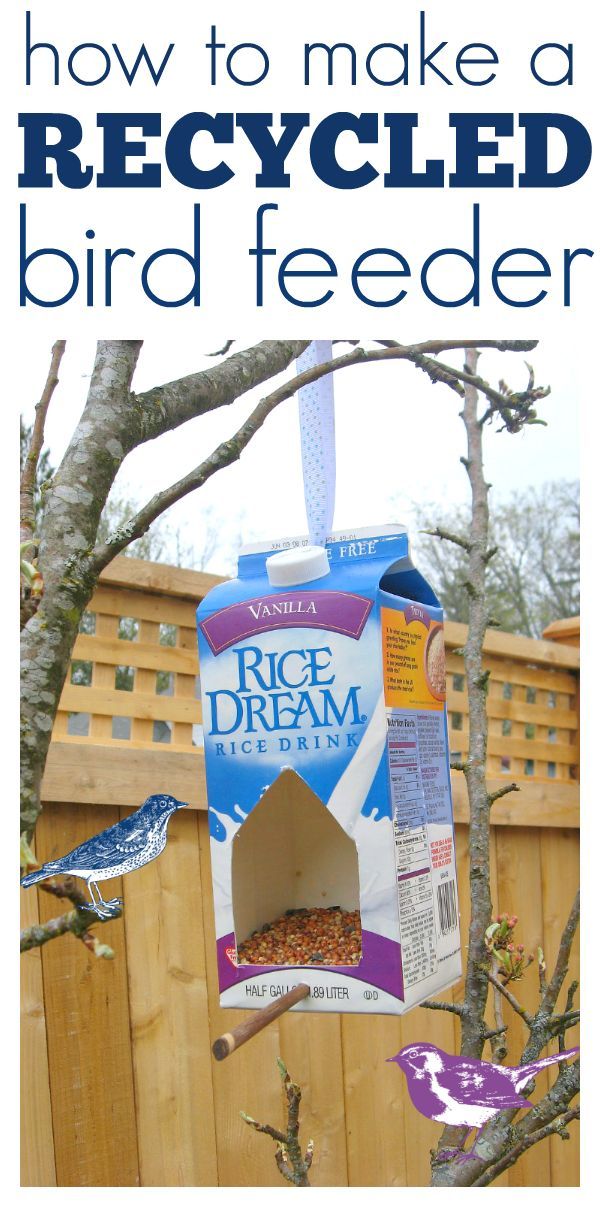 Repeat the same straining process to separate the fine texture from the larger one.
Repeat the same straining process to separate the fine texture from the larger one.
Step 3: Mixing Cereals and Vitamins
After straining the chick booster and getting the fine powder, the next step is to combine it with the other ingredients, the cereals and the vitamins. Put the chick booster in a large container, then put the cereals into the mixture.
Remember our ratio, which is 1 kilo of chick booster to half a kilo of cereal. Once you have already put the two ingredients into the container, mix it thoroughly to achieve the best results. After mixing the two ingredients, put the sachet of vitamins and minerals into the mixture and remix it.
Step 4: Placing the Mixture in a Tight Container
After mixing all the ingredients, you can start putting them in a tight and sealed container. I prefer to use small bottles that are highly sealed as my containers since this baby bird food formula can feed the baby ford for so many days, probably more than a month. So, putting it in a secured and tight container is essential to make it fresh all the time.
So, putting it in a secured and tight container is essential to make it fresh all the time.
Step 5: Preparing the Baby Bird Food Formula for Feeding
After securing the baby bird food formula, the next step to know is how to prepare it when feeding the baby birds. Actually, preparation is very important since you only need to get the right amount of formula and put it in a container.
Then, pour water into the baby bird food formula while mixing it at the same time using a small spoon. Mix it well until you get the much-needed consistency. Once the baby bird food is ready, start hand-feeding it to your baby birds.
Contents
- Things to Remember in Making a Baby Bird Food
- Conclusion
Things to Remember in Making a Baby Bird Food
When making baby bird food, always remember that the nutritional requirements of baby birds an\re totally different from their adult parents. Meaning, those adult birds’ food can hit the baby birds hard if you also give it to them.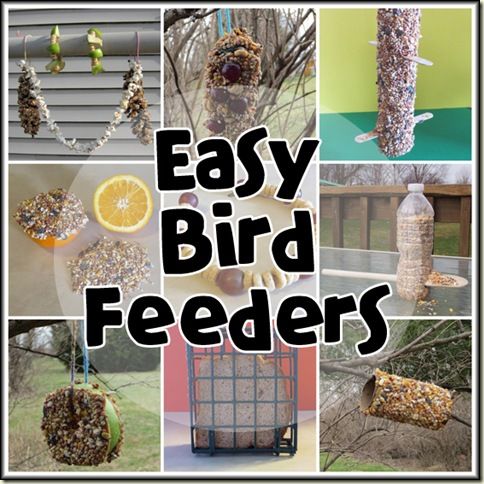 As the baby bird grows, you can easily adjust their diet to meet the protein requirements that they need every day.
As the baby bird grows, you can easily adjust their diet to meet the protein requirements that they need every day.
In addition, when giving food to baby birds, you must make sure that it is offered at room temperature. Avoid giving the food when it is heated or refrigerated. In making the food formula, you must make sure to keep the food in proportional size for the bird’s easy consumption. This situation is the reason why we use blenders to refine our ingredients in making baby bird food.
After all, tiny birds need tiny bites, which means you need to crush or cut the food properly so that it will fit the size of the bird’s bite. Crushing the food also reduces the risk of stressing the birds during eating. You also do not need to force the baby birds from eating if they do not like the food.
Lastly, when feeding baby birds, make sure to give food with a spongy consistency for them to consume it easily. Avoid putting it in too much water because they can get suffocated or possibly drown. Likewise, for dry fruits, you need to soften them before feeding baby birds.
Likewise, for dry fruits, you need to soften them before feeding baby birds.
Conclusion
Learning how to make baby bird food is essential if you are a bird enthusiast. There will be moments that this skill will be used if you accidentally see baby birds in the wild that need your help. Also, this knowledge is essential if you breed birds in your own home and attract bird by bird food to your garden.
Sharing is caring!
How to feed the found chick, how many times a day
If you find a chick, the first thing you need to do is determine its species. Feeding granivorous, insectivorous and predatory chicks have their own differences. But in the early stages of feeding, you can use the same feeding methods, and then, after finding out what kind of bird you found, transfer the chick to the appropriate feeding.
Here is one of the most common feeding options for granivorous and insectivorous chicks. This nutrient mixture is well used for feeding for chicks and fledglings from the passerine family. To prepare our mixture, we need the following products: Boiled egg, low-fat cottage cheese, raw carrots, meat (beef, chicken, turkey), greens (lettuce, dandelion leaves, wood lice), hamarus and daphnia, Calcium gluconate (shell from boiled eggs) glycerophosphate , children's dry dairy-free porridge or boiled millet (without salt and fat on the water).
Action one. Boil the egg, free from the shell. We free the shell from the shell film. Grind the egg as much as possible, you can use a grater with small holes.
Second step. Boiled meat, it is better to take the pulp from the breast of a turkey or chicken and also chop or divide into fibers. The mixture will require meat 40 (for granivorous) and 60 grams (for insectivorous).
Third step. Take washed carrots of a small size, grate them on a fine grater, then squeeze the juice and we will use the remaining pulp.
Fourth step. We take not sour and not fatty cottage cheese. Cottage cheese should have 0% fat content, anything above is considered fat for poultry. We need 90-110 grams of cottage cheese. Sour cottage cheese must be boiled twice changing the water and then it will be suitable.
Step five. You can use greens to add the mixture, but you can do without it for the chicks. And so you can take the greens listed above, chop and add 1.5 teaspoons to the mixture.
Action six. To the above ingredients, add 1.5 -2 tsp. dairy-free porridge or boiled millet (well boiled, without salt and fat in the water).
Step seven. To the mixture we add the shell from the boiled egg, which must first be ground in a coffee grinder, plus one fourth of the crushed tablet of glycerophosphate. If it is not possible to find glycerophosphate, then you can purchase bone meal and add one fourth tsp. in powder form. At the very least, the shells are enough for now.
Step eight. We take chopped hamarus and daphnia and add about 1 tsp to the resulting mixture.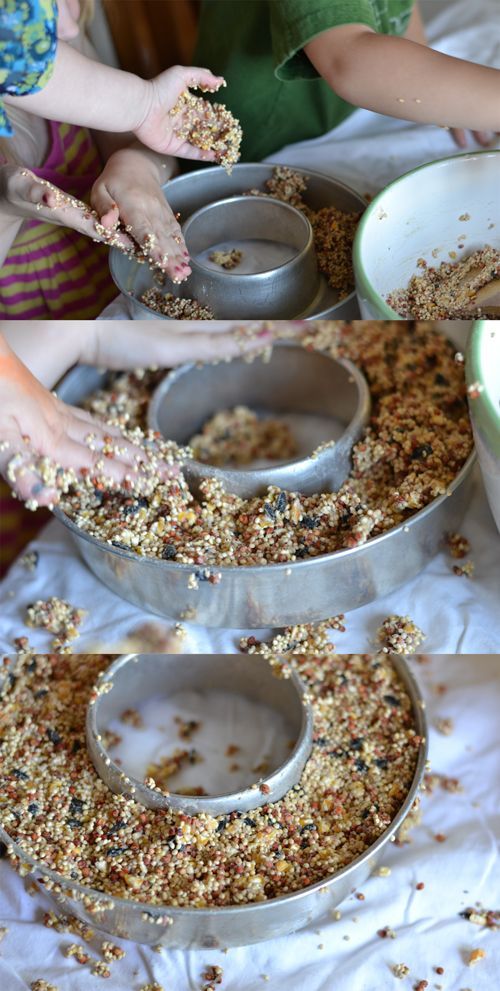 Then we mix everything, it turns out a very thick, crumbly porridge, it should not stick to the fingers. If the mixture is sticky, you can add dairy-free porridge or powdered cereals.
Then we mix everything, it turns out a very thick, crumbly porridge, it should not stick to the fingers. If the mixture is sticky, you can add dairy-free porridge or powdered cereals.
From the resulting mixture we roll small balls no larger than a small pea, focus on the size of the chick's beak. You can feed 2-5 balls at a time and after each feeding drink plain water from an insulin syringe with a removable needle (without a needle) 4-6 drops. A week-old chick should be fed every 1-1.5 hours, older than two weeks of age every 2-4 hours, at three and four weeks of age you can feed 3-4 times a day. Do not forget that the chick is growing and, accordingly, one-time portions of food are growing. A very important point, do not forget to warm the chicks, because at their age they themselves cannot maintain normal body temperature. Warming up promotes better assimilation of feed. Don't forget to control your chick's weight. If possible, show the chick to a specialist. To control the work of the intestines, you can take the litter from the chick for a coprogram, this is an analysis of the digestibility of the feed.
Take care and love your feathered friends and they will love you back.
Veterinarian ornithologist
Chuguevsky VV
Veterinary clinic Bambi.
You can ask an ornithologist on the forum.
How to: feed a sparrow chick at home - ikirov.ru
It so happened that you picked up a sparrow chick. What to do with him? How to take care of him? How to feed? Let's figure it out.
Weigh the pros and cons
So, you are standing on the street, and something small, but alive, is swarming and squeaking in front of your feet. Before you take responsibility for the life of this creature, think about whether you can and whether it is worth interfering with natural selection.
The age of the chicks that you can find on the street can be conditionally divided into three groups:
1. Newborns . These are newly hatched, not yet feathered chicks. Most likely, such a chick really fell out of the nest or was blown away by the wind.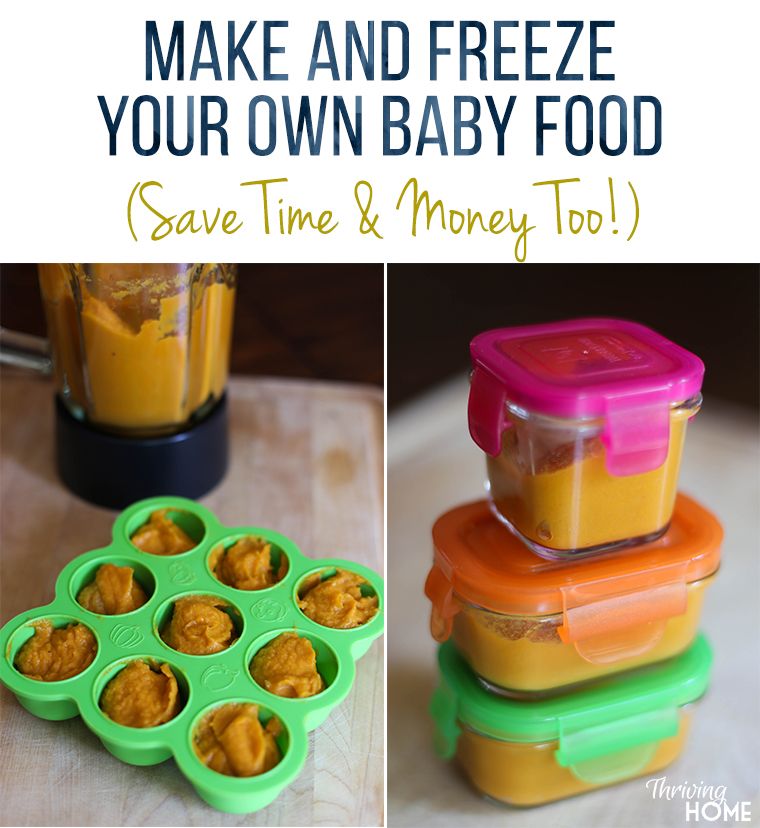 In nature, he cannot survive: even if the parents continue to feed the chick, he will freeze on the very first night, even if it is hot outside, and he will not be able to show any resistance to predators, midges can tritely bite him. It is almost impossible to feed a newborn chick at home, since it needs to be constantly heated and fed every 2-3 hours. So you can say goodbye to sleep. What to do with such a chick? Either try to find the nest and return it there, or leave it to the will of fate, since the chance of a favorable outcome is extremely small in any case. You can pick it up only if you already have experience in nursing chicks. And, yes, if successful, you will get a pet, because then in no case will the chick be released into the wild, since he will not be able to feed himself.
In nature, he cannot survive: even if the parents continue to feed the chick, he will freeze on the very first night, even if it is hot outside, and he will not be able to show any resistance to predators, midges can tritely bite him. It is almost impossible to feed a newborn chick at home, since it needs to be constantly heated and fed every 2-3 hours. So you can say goodbye to sleep. What to do with such a chick? Either try to find the nest and return it there, or leave it to the will of fate, since the chance of a favorable outcome is extremely small in any case. You can pick it up only if you already have experience in nursing chicks. And, yes, if successful, you will get a pet, because then in no case will the chick be released into the wild, since he will not be able to feed himself.
Yellowmouths are already feathered, but absolutely unable to feed themselves. They will sit and open their beak at any object that is in their reach. Such a chick can survive in the wild if the parents do not stop feeding it and it finds a good hiding place.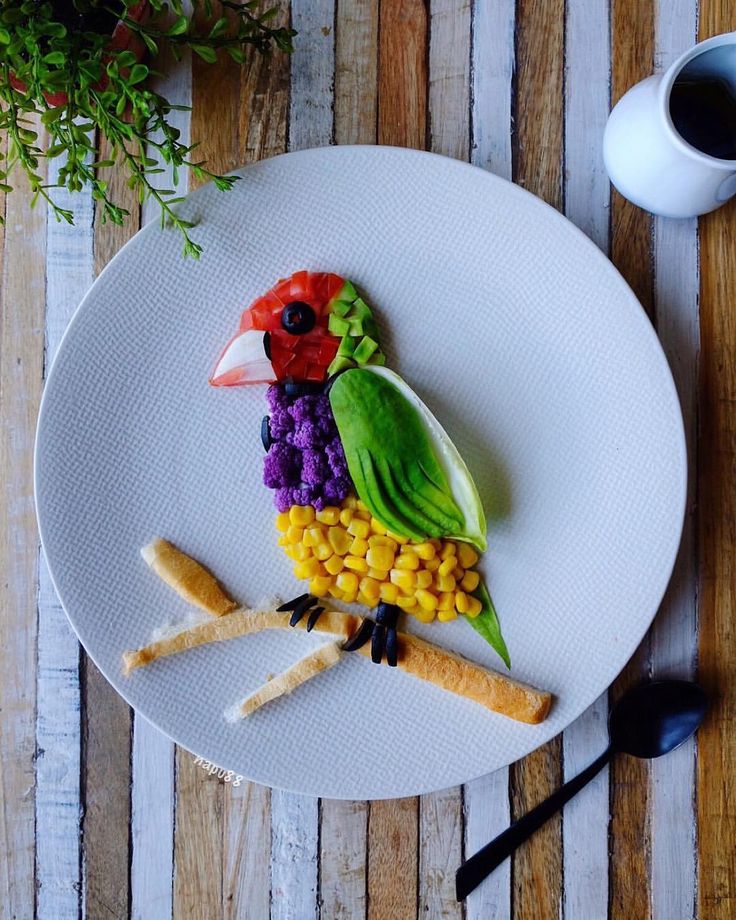 Such a chick could either fall out of the nest out of curiosity, or it was forced out by its brethren, or it “tried the wing”. But he is not yet able to fly. It is much easier to keep such a chick at home than a newborn, since it no longer needs constant heating (but it is not worth supercooling either). But you will have to feed just as often and regularly. And, yes, get used to the idea that you now have a house sparrow that won't survive in the wild.
Such a chick could either fall out of the nest out of curiosity, or it was forced out by its brethren, or it “tried the wing”. But he is not yet able to fly. It is much easier to keep such a chick at home than a newborn, since it no longer needs constant heating (but it is not worth supercooling either). But you will have to feed just as often and regularly. And, yes, get used to the idea that you now have a house sparrow that won't survive in the wild.
3. Fledglings . These are chicks that are trying with might and main to fly (although it does not always work out). They themselves jump out of the nest and try to fly. As a rule, these chicks are sufficiently adapted to adult life, they know how to peck food themselves, and quickly run away from a possible enemy. Parents continue to feed them even on the ground. Between feedings, the chick sits in a secluded place. It is better to leave such a chick alone, it is almost an adult bird, its chances of survival in nature are very high. The maximum is to plant it on some kind of elevation, where predators like cats and dogs will not get it. Unless, you notice that the chick is injured, then the sparrow can be picked up. Such a chick has quite a lot of chances to adapt in the wild again. Moreover, he may never get used to you, trying to escape at any opportunity.
The maximum is to plant it on some kind of elevation, where predators like cats and dogs will not get it. Unless, you notice that the chick is injured, then the sparrow can be picked up. Such a chick has quite a lot of chances to adapt in the wild again. Moreover, he may never get used to you, trying to escape at any opportunity.
Nurturing a chick
First, make a “nest” for the chick from a soft, lint-free cloth. You need to wrap it so that the chick is in a semi-inclined position: the breast rests against the edge of the nest, the paws are at the very bottom. So the chick will be comfortable and comfortable. And don't forget to regularly check the cleanliness of the nest.
In general, you will have to forget about rest until the chick learns to feed on its own. Every 15-20 minutes during daylight hours, you will need to feed the chick, and until it is satiated (stops opening its mouth, demanding another portion). Due to the high level of metabolism, chicks, having not received food at the right time, simply "burn" their resources. Leaving the chick without food for 3-6 hours, even if after that you start to feed it intensively, you doom the bird to death due to metabolic disorders.
Leaving the chick without food for 3-6 hours, even if after that you start to feed it intensively, you doom the bird to death due to metabolic disorders.
Most small songbirds (including sparrows) feed their nestlings with insects. Therefore, your chick also needs animal feed. Ant cocoons, flour worms, fly larvae, chicken eggs, cottage cheese are suitable. Do not howl about a variety of vitamin and mineral supplements. In addition, it is impossible to completely replace insects in food, for example, with cottage cheese.
We feed correctly
Since the sparrow will have to be fed very often, you need to either be near him or carry him with you. The second option is not very good, as it is additional stress for the chick. The first two days (if you picked up a newborn chick) you will also have to provide heating for the pet. You can make a heating pad from a flat bottle filled with warm water.
Small chicks can be kept in a box until they start trying to get out.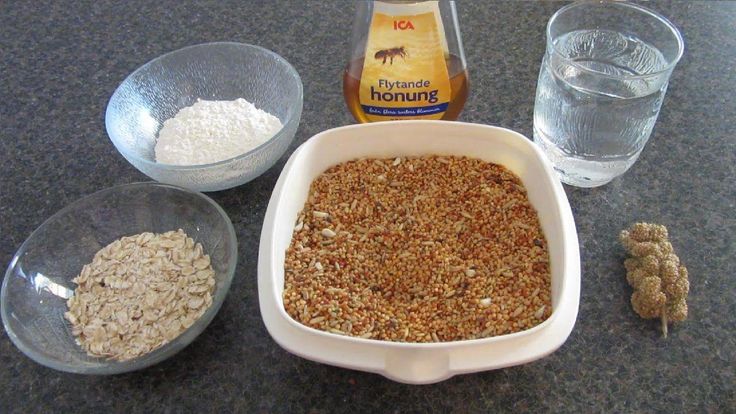 For older chicks, it is better to find a small cage. In any case, soft, dry bedding, such as dried grass or moss, is necessary. Temporarily they can be replaced with cotton wool, but then try to make sure that the chick does not get tangled in it or swallow the fibers.
For older chicks, it is better to find a small cage. In any case, soft, dry bedding, such as dried grass or moss, is necessary. Temporarily they can be replaced with cotton wool, but then try to make sure that the chick does not get tangled in it or swallow the fibers.
The best way to feed a chick is with tweezers. Try to get the chick to open its mouth by itself (there will be no problems with small ones). This can be achieved if during feeding, bringing tweezers, slightly shake the nest or touch the feathers on the head or the corners of the mouth with tweezers. You can even lightly click on the beak.
If it was not possible to force the chick to open its beak, the first feeding will have to be carried out by force, opening the beak with your hands. Once having taken food from the tweezers on its own, the chick will continue to willingly beg for supplements until it learns to feed on its own: as soon as the chick begins to pick up food from the floor of the cage, the food can be moved to the feeder. By the way, by this time the chick needs to pick up a large cage so that the sparrow can run, jump and fly.
By the way, by this time the chick needs to pick up a large cage so that the sparrow can run, jump and fly.
Preparing baby formula
The health, appearance and even life of the chick depends on the quality of the mixture and the completeness of the nutrients it contains. Below is a recipe for a complete mixture, nothing needs to be changed in it, this mixture is not so difficult to prepare.
1). Grate a medium-sized carrot on a fine grater, squeeze the juice as hard as possible. You only need the squeezed pulp.
2). We rub one boiled egg on a fine grater.
3). Grind boiled veal, beef or chicken with a knife, tear into thin fibers.
4). Grind some greens (lettuce, wood lice, dandelion leaves, but not spicy herbs).
5). We take 10 grams of low-fat and non-acidic cottage cheese, let the curd flow around, you can squeeze it out if possible.
6). Put 2 tablespoons of boiled crumbly millet porridge without salt and without oil.